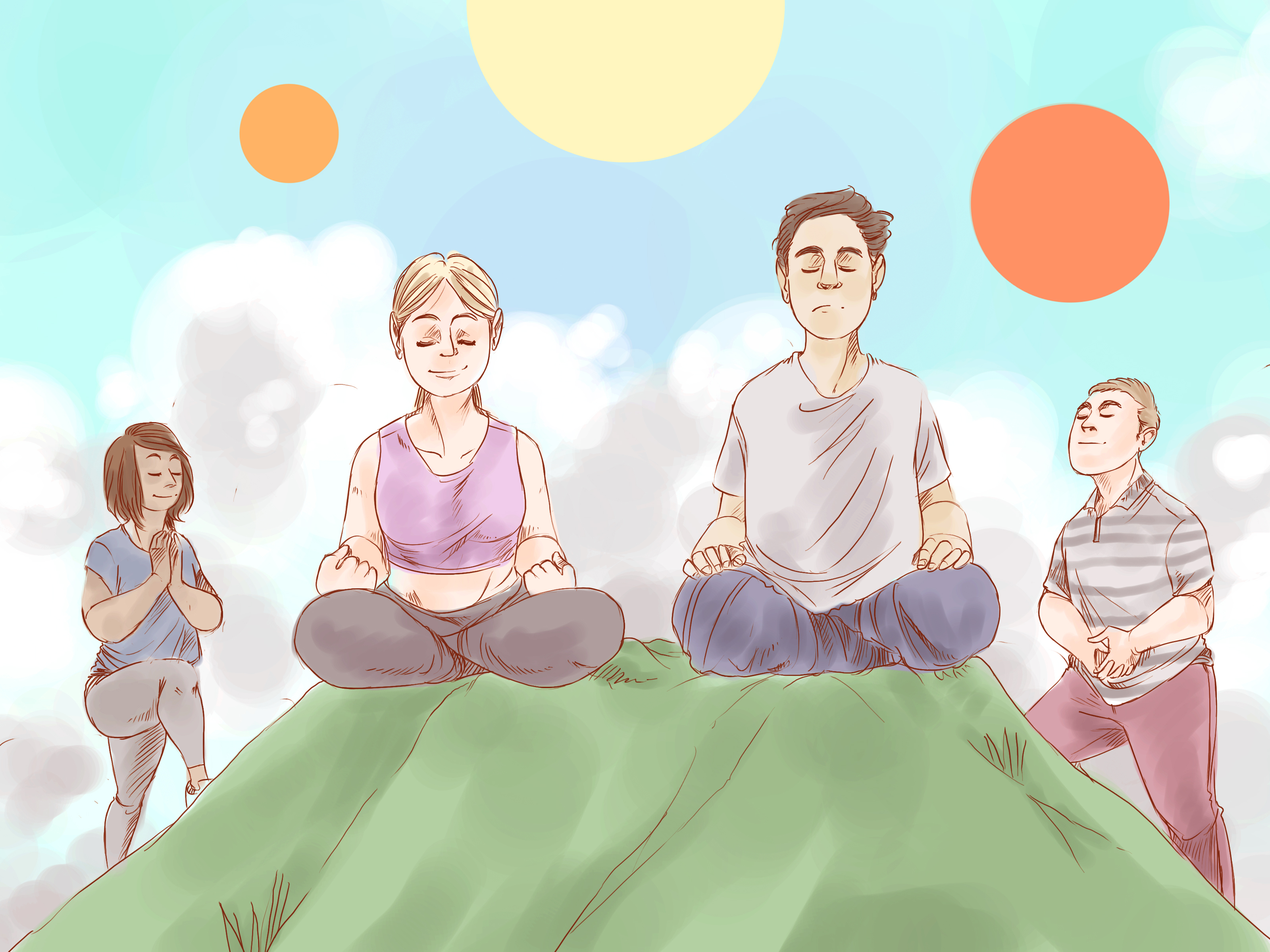
Title: Rediscovering Mindfulness — A Journey into Walking Meditation
After years of a committed seated meditation routine, one might think they have explored all avenues of mindfulness — but that’s often not true. Such was the realization for a seasoned meditator who, after seven years of adhering to conventional stationary methods, finally ventured into a fresh experience: walking meditation. What ensued was an unexpectedly enriching expansion to a well-established practice and an important insight into broadening one’s outlook.
In this article, we will delve into the essentials of walking meditation, its surprising benefits compared to seated practices, and how to seamlessly incorporate it into your daily routine.
What Is Walking Meditation?
Walking meditation is a type of mindfulness meditation where the very act of walking becomes the center of your attention. Rooted in various Buddhist traditions — particularly Theravāda Buddhism, where it’s known as “Cankama” — walking meditation transcends merely moving at a slow pace. It embodies a deliberate, conscious act, typically practiced in tranquil spaces, where your focus shifts inward to the rhythm of your steps, the physical sensations within your body, and the connection between your movements and your breath.
Instead of pursuing quietude to calm the mind, walking meditation encourages us to discover stillness within our movements.
Letting Go of the “Right Way” Mindset
For numerous individuals, starting meditation involves finding a serene spot, sitting cross-legged, and striving to clear the mind — a practice that can often feel constrictive and even exasperating. Over the years, it’s common to associate “true” meditation with this formal seated pose. As noted by Seth J. Gillihan, PhD, in his book Mindful Cognitive Behavioral Therapy, many individuals fall into the trap of viewing mindfulness as a checklist item, morphing it into just another task.
This “ideal method” mindset can hinder our openness to alternative options like walking meditation. Only by releasing this rigid mindset can we begin to explore meditation paths that resonate with our lives, particularly during times of busyness or restlessness.
Movement Enhances Sensory Awareness
While seated meditation enhances internal awareness, walking meditation emphasizes embodiment. In motion, we become attuned to immediate physiological feedback — the pressure beneath our feet, the coordination of our muscles, and the subtle adjustments in our balance. Often, these sensations are more accessible during movement than in stillness.
With the aid of a guided walk, one meditator expressed surprise at how swiftly bodily sensations became the focus — quicker than years of seated meditation had allowed at times. Aligning attention with movement serves as a practical anchor, uniting both body and mind in harmony.
The Paradox of Distraction and Focus
It may appear that a bustling street or a lively park would disrupt a meditative state. Nonetheless, the practitioner discovered that external distractions — whether loud neighbors or busy crosswalks — often enhanced their internal focus. Just as white noise can assist some people in concentrating, a lively environment can help the mind to delve more deeply.
Indeed, one of the wonderful aspects of walking meditation is its encouragement to remain grounded amidst chaos. Rather than seeking peace in the external world, it teaches us to cultivate stillness from within.
From Contemplation to Meditation: Dharana and Dhyana
The yoga sutras present two valuable concepts that align with the meditative journey: dharana, or focused concentration, and dhyana, or meditation as the ongoing inward flow of that focus. Nischala Joy Devi’s interpretation in The Secret Power of Yoga highlights that we begin with focused awareness – dharana – such as centering on breath or footsteps. Over time, with practice, this evolves into meditation – dhyana – where awareness flows effortlessly inward.
Walking meditation serves as a bridge. The steps themselves become the focal point, easing the transition from scattered awareness to sustained presence.
Why Walking Meditation Works for Busy Lives
In a rapid-paced world, dedicating time to a seated practice may seem like a luxury. Walking meditation offers a solution: you can meditate while engaging in something you already do — walk.
Habit expert James Clear, in his book Atomic Habits, underscores making new habits attainable. If sitting quietly for 15 minutes isn’t feasible, five minutes of mindful walking to your car or around the block might be perfect.
By weaving mindfulness into natural movements, we overcome common hurdles such as finding the ideal cushion or quiet environment. In fact, the best spot may be the sidewalk right outside your door.
How to Start a Walking Meditation Practice
✓ Choose Your Path:
Select a quiet, safe route — ideally a park, walking trail, or a section of sidewalk with minimal interruptions.
✓ Slow Down:
You don’t have to walk in ultra-slow motion, but slightly ease your pace. Move with intention, letting your full attention be on the act of walking.
✓ Focus Your Mind:
Concentrate on the sensations of your feet lifting and making contact with the ground. Observe your breath.
